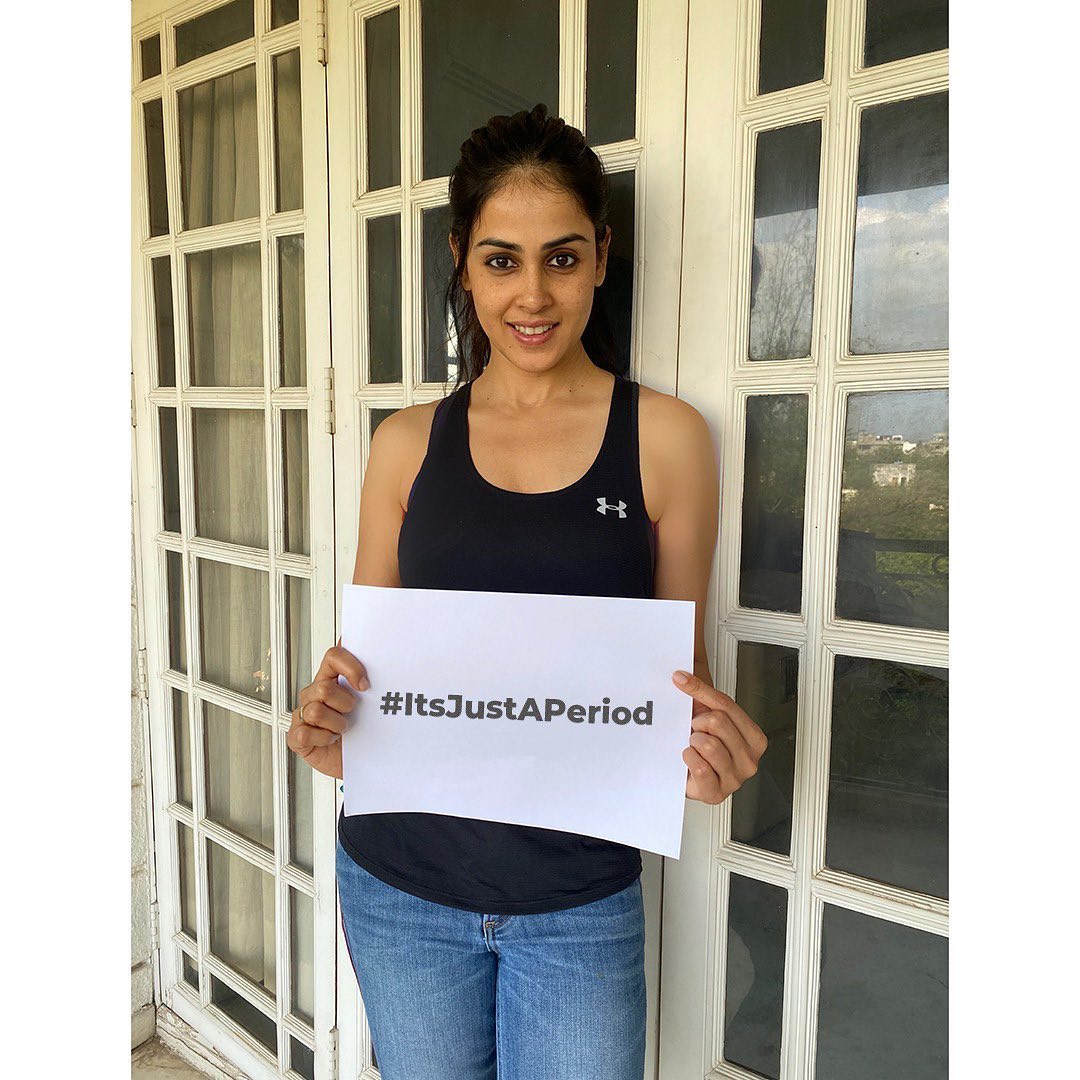Sheeko Wasmo is more than just storytelling—it's a living piece of Somali heritage that has been passed down through generations. Whether told around a fire, under a baobab tree, or now even online, these stories carry deep lessons, cultural values, and a sense of identity for the Somali people. For many, especially the youth, sheeko wasmo serves as a bridge between the past and present, preserving language, history, and moral teachings in a way that feels both familiar and fresh. So, if you’ve ever wondered why these stories matter, or how they’ve survived for so long, you're definitely not alone.
Today, sheeko wasmo is being revived in new ways—through digital platforms, school curriculums, and even modern magazines aimed at the Horn of Africa. It’s more than just tales of talking animals or wise elders; it’s a reflection of society, a way to teach important life lessons, and a source of entertainment that resonates with people across age groups. The beauty of sheeko wasmo lies in its simplicity, yet it holds layers of meaning that make it worth exploring in depth.
As interest in Somali culture grows globally, so does the appreciation for sheeko wasmo. Whether you're a parent looking to share stories with your kids, a student studying African literature, or simply curious about oral traditions, this article will give you a solid understanding of what sheeko wasmo is, why it matters, and how it's evolving in today’s world.
Table of Contents
- What Is Sheeko Wasmo?
- The Significance of Sheeko Wasmo in Somali Culture
- Types of Sheeko Wasmo and Popular Examples
- How Sheeko Wasmo Is Shared Today
- Why You Should Care About Sheeko Wasmo
- Frequently Asked Questions
What Is Sheeko Wasmo?
Sheeko wasmo, simply put, are Somali folktales or traditional stories. These tales often feature animals, mythical figures, or real-life characters that symbolize virtues, flaws, or life lessons. The word “sheeko” itself means story or tale, while “wasmo” refers to the act of telling or narrating. Together, they form a storytelling tradition that’s deeply rooted in Somali oral culture.
These stories aren’t just for kids. They’re enjoyed by all ages and are often used to teach important values like honesty, patience, and community. For instance, one popular sheeko wasmo might follow a clever fox who outsmarts a lion, teaching listeners about wisdom over strength. Another might tell of a kind-hearted traveler who helps those in need, reinforcing the value of generosity.
So, what makes sheeko wasmo special? Well, they're not just about entertainment—they’re a way to preserve history, language, and cultural identity. In a country that has faced many challenges, including war and displacement, sheeko wasmo serves as a reminder of the richness of Somali heritage.
The Significance of Sheeko Wasmo in Somali Culture
In Somali society, storytelling has always played a central role. Before books and the internet, elders would gather children and adults alike to pass down stories that shaped the community’s values. Sheeko wasmo wasn’t just a form of entertainment—it was a way to educate, unite, and inspire.
These stories often reflect the realities of life in Somalia, touching on themes like survival, justice, and community. Some sheeko wasmo even include historical references or moral dilemmas that mirror real-life situations. This makes them not only culturally rich but also deeply relevant to modern audiences.
Also, sheeko wasmo has helped keep the Somali language alive, especially among the diaspora. For Somalis living abroad, hearing these stories in their native tongue brings a sense of belonging and pride. That’s probably why you’ll find sheeko wasmo being shared on YouTube, podcasts, and even in school programs outside of Somalia.
Types of Sheeko Wasmo and Popular Examples
There are several types of sheeko wasmo, each serving a different purpose and audience. Some of the most common ones include:
- Sheeko Xariir: These are fantasy or imaginative stories, often featuring talking animals or mythical creatures. Think of them as Somali fairy tales.
- Sheeko Barale: These are more realistic stories, often based on historical events or moral teachings.
- Sheeko Dheeraad: Scary or ghost stories, usually told to thrill listeners or teach caution.
One of the most famous sheeko wasmo is the tale of Dhegdheer, a terrifying story about a cannibalistic woman. It’s often used to teach children about danger and the importance of listening to elders. Another popular one is the story of Iqal Shidad, which follows the adventures of a clever character who outsmarts his enemies using wit and strategy.
These stories aren’t just for entertainment—they’re tools for teaching, learning, and connecting with cultural roots. So, if you've heard a sheeko wasmo before, you know how powerful they can be.
How Sheeko Wasmo Is Shared Today
While sheeko wasmo started as oral traditions, they’ve evolved with the times. Today, you can find these stories in books, online videos, audio recordings, and even in modern magazines like Sheeko, which is a lifestyle publication targeting Horn Africans. It covers everything from fashion to health, but also includes retellings of traditional stories.
Schools in Somalia and the diaspora are also incorporating sheeko wasmo into their curriculums, helping students learn both language and cultural values. Libraries like those at Stanford University have even archived some of these stories, ensuring that they remain accessible for future generations.
And thanks to the internet, sheeko wasmo has reached a global audience. Parents in the Somali diaspora can now download audio versions of these stories to share with their children. YouTube channels and podcasts are popping up, narrating classic tales in both Somali and English, making them more accessible than ever before.
Why You Should Care About Sheeko Wasmo
Whether you're Somali or not, sheeko wasmo has something to offer. These stories are a window into a culture that’s rich in wisdom, humor, and resilience. If you're a parent, they’re a great way to teach values while preserving language. If you're a student or researcher, they provide insight into Somali folklore and history.
For writers and storytellers, sheeko wasmo offers inspiration. Many modern Somali authors draw from these traditions to create new stories that resonate with contemporary audiences. In fact, some of the most popular Somali literature today is rooted in the themes and structures of traditional sheeko wasmo.
Also, supporting the revival of sheeko wasmo means supporting cultural preservation. In a world where globalization can sometimes erase local traditions, keeping sheeko wasmo alive helps maintain the unique voice of the Somali people.
So, the next time you come across a sheeko wasmo, whether online or in a book, take a moment to listen or read. You might just find yourself learning something new while connecting with a beautiful cultural legacy.
Frequently Asked Questions
What does sheeko wasmo mean?
Sheeko wasmo refers to traditional Somali folktales or stories that are often passed down orally. These tales can be educational, entertaining, or moral-based and are an important part of Somali cultural heritage.
Where can I find sheeko wasmo today?
You can find sheeko wasmo in books, online videos, audio recordings, and even in modern Somali magazines like Sheeko. Many libraries and educational platforms also offer archived versions of these stories for research and learning purposes. Stanford Libraries has a great online resource for searching related materials.
Why are sheeko wasmo important for children?
Sheeko wasmo helps children learn the Somali language, understand cultural values, and develop critical thinking skills. These stories often contain moral lessons and life wisdom that can guide young minds in meaningful ways.



